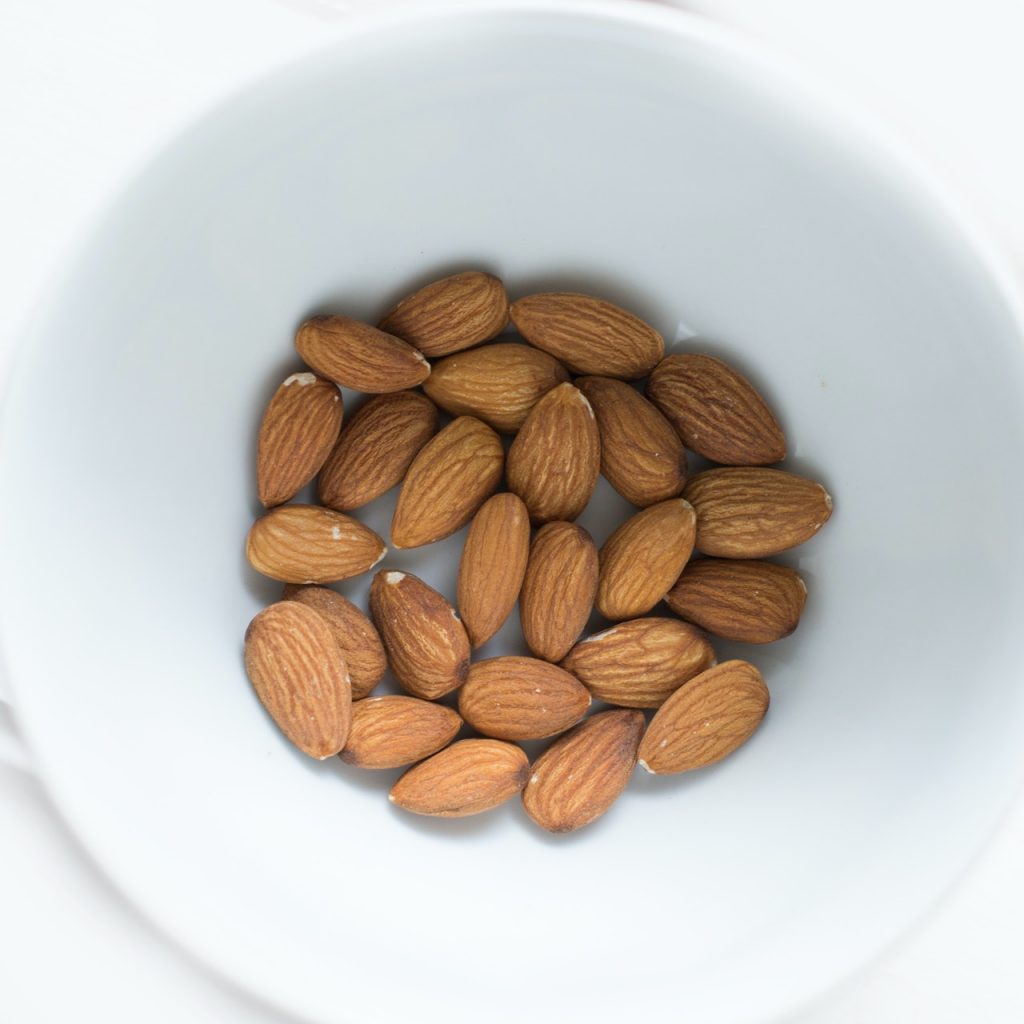It’s amazing that vegan, dairy-free, and gluten-free foods are becoming more readily available. We’ve gone a long way since Little Debbie was the main pastry pusher. However, there is one thing you should know about almond flour: creating your own at home may save you money and is quite simple to do. It honestly just takes 10 seconds.
Even if you aren’t gluten-free, there are lots of nutritional benefits to substituting almond flour for all-purpose flour, according to culinary registered dietitian Dixya Bhattarai, RD. She discusses the advantages and demonstrates how to create them.
The advantages of using almond flour in cooking
“The nutritional content of almond flour differs significantly from that of all-purpose flour,” adds Bhattarai. This makes it logical given that they are created from entirely different components. Almond flour is prepared from almonds, whereas all-purpose flour is derived from wheat.
Wheat is completely harmless. It is high in nutrients such as B6, iron, zinc, and selenium. But, according to Bhattarai, almond flour has a unique combination of health advantages that offer it a nutritional advantage over-processed white flours like all-purpose. “Almond flour is an excellent source of protein, lipids, fibre, vitamin E, and magnesium,” she explains. It’s also more filling than all-purpose flour because almond flour has more protein and unsaturated fats, both of which are important for heart and brain health.
What about that wonderful magnesium? It’s a nutrient that most people don’t receive enough of and has been linked to promoting excellent sleep. (Almond flour-based cookies are, without a doubt, the ideal night snack.)
How to prepare almond flour?
If the nutritional benefits aren’t enough to persuade you to try almond flour, the ease with which it may be made with. What you’ll need are almonds. That is the list of ingredients. “You can simply create almond flour at home by blending blanched almonds (almonds with their skins removed) in a high-speed food processor or blender until they are finely crushed,” according to Bhattarai. If you don’t already have a blender or food processor, the Vitamix Explorian ($300) or the Cuisinart Elemental Food Processor ($85) are excellent options.
Almond flour recipe
Ingredients
- 1/2 cups sliced almonds
Method
- Place the almonds in a food processor or blender
- Blend for 10 seconds, or until the mixture is finely ground. Stir to break up any clumps if you detect them
While the entire process of producing almond flour is quite straightforward, Bhattara does have some pointers to keep in mind. “I strongly advise using a high-speed blender and blending them in batches. “Don’t overprocess the almonds,” she advises. She claims that if you over-process the almonds, they will develop an almond butter-like texture. Still tasty, but not what you’re attempting here.
When cooking or baking using almond flour, Bhattarai adds to expect a small variation in taste and texture compared to items prepared with all-purpose flour; after all, they’re created with entirely distinct components.
“Just keep in mind that because almond flour lacks gluten, it may not behave the same way as all-purpose flour, and you may need to alter the wet components in the recipe,” she adds.
“You’ll most likely need a binder, such as a xanthan gum, guar gum, or psyllium husk, to provide structure to your baked goods.” She also advises paying attention to how much flour is called for in a recipe. “The usual advice is to replace 1/4 (25 percent) of the all-purpose flour in a recipe with almond flour,” she explains.
5 delicious recipes to try using homemade almond flour
According to Bhattarai, the high unsaturated fat content of almonds makes this alternative flour ideal for making cookies, scones, cake, biscuits, and muffins. “The high-fat content keeps them moist and tender,” she explains. To that end, the five recipes below are ideal for putting your almond flour to good use.
Cookies with chocolate chips
This chocolate chip cookie recipe is excellent, with crisp borders and a gooey middle. A combination of almond flour and coconut flour is called for in the recipe. It’s also fully vegan, with flaxseed eggs replacing conventional eggs.
Morning glory muffins
These muffins will keep you fuller longer than muffins prepared with all-purpose flour since they are created with high-protein almond flour. Other nutrient-dense components include cinnamon, ginger, carrots, and spinach (yes, greens!).
Paleo bread
Make a loaf of bread using your almond flour to keep on hand for sandwiches, avocado toast, or just to spread with butter. Every component in this Paleo bread recipe is high in nutrition. Here are a few highlights: Ghee, eggs, and probiotic-rich miso.
Bread with lemon, rosemary & olive oil
Combine your almond flour with another healthy fat-rich ingredient: olive oil. They provide a thick and moist mildly sweet bread when combined with the other ingredients. Another advantage of munching on this loaf is that the rosemary in it is anti-inflammatory.
Birthday cake
Even in a high-stakes dish like a birthday cake—you don’t want to spoil someone’s birthday—almond flour comes through. It’s combined with oat flour and a few other cupboard staples like honey, baking powder, and vanilla extract in this recipe. Don’t forget about the sprinkles!
Now that you know how easy it is to produce almond flour, how nutrient-dense it is, and what you can do with it, you’re probably wondering why you haven’t been making it all along. The option to buy it ready-made is always available. However, the 10 seconds it takes to build your own might save you a significant amount of money. If only resolving the sticker shock issue for alternative yoghurt was as simple…

